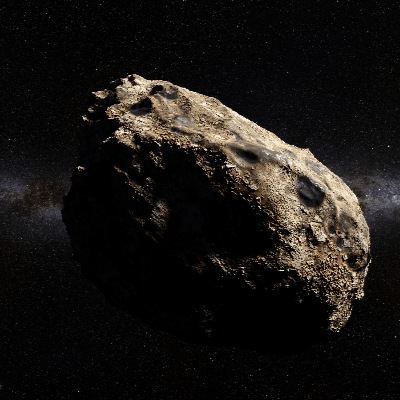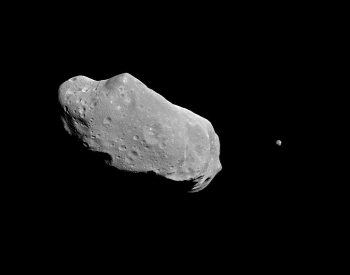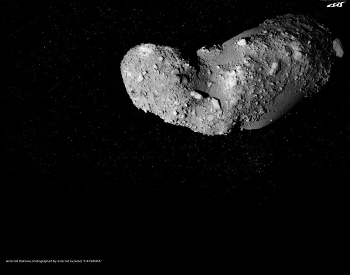
This web page contains asteroid facts for kids and is a great resource for anyone of any age researching asteroids. We’re going to provide you with the latest and most accurate facts about asteroids from scientific sources. Alongside asteroid facts, you’ll get to see some awesome pictures of asteroids and additional resources on asteroids.
The asteroid facts below will help you understand what an asteroid is, how many asteroids are in our solar system, how dangerous asteroids are, what are some past historic asteroids and other helpful asteroids facts. We hope the below facts about asteroids are helpful and make researching asteroids exciting, while opening your imagination into space.
If any of the below asteroid facts are inaccurate or out of date, please contact us and let us know.
15 Asteroid Facts for Kids
- An asteroid is an astronomical object that orbits the sun and not classified as a comet or a planet.
- An asteroid is also called a minor planet or a planetoid.
- The first asteroid (Ceres) was discovered in 1772 by German astronomer Johann E. Bode.
- Astronomers estimated there is over 150 million asteroids, bigger than 325 feet, within our inner Solar System.
- The asteroid belt is a region between Mars and Jupiter where most of the asteroids in our Solar System orbit the sun.
- The asteroid belt has between 1.1 and 1.9 million asteroids with a diameter larger than 0.5 mile.
- A trojan asteroid is an asteroid that shares an orbit with a planet or moon (natural satellite).
- A Near-Earth asteroid, also known as NEAs, are asteroids that pass near our planet Earth.
- It’s estimated there are 900 to 1,000 Near-Earth asteroids that have a diameter larger than 0.5 mile.
- Due to space weathering, older asteroids become darker with a reddish color.
- The first close-up images of an asteroid were taken by the NASA space probe Mariner 9 in 1971. It captured photos of Phobos and Deimos, the two moons of mars. Astronomers believe these moons were captured asteroids.
- The first true image of an asteroid was 951 Gaspra, taken in 1991 by the NASA Galileo space probe.
- The largest known asteroid is Ceres. It’s a dwarf planet and has a diameter of 606 miles. It’s located in the asteroid belt and in the right conditions be visible by the naked eye.
- An asteroid impact crater known as the Chicxulub crater was created between 65 and 66 million years ago. It’s estimated that an asteroid between 6 and 50 miles in diameter created the Chicxulub crater. It’s believed to have caused Cretaceous-Paleogene extinction event, which was the extinction of the dinosaurs.
- Many astronomers and scientists agree there is a 100% chance that Earth will experience a devastating asteroid impact in the future. Stephen Hawking believe an asteroid impact was the biggest threat to the planet Earth.
Asteroid Pictures



Additional Resources to Research Asteroids
- What is an Asteroid? – Learn what an Asteroid is from the NASA website.
- An Overview of Asteroid – Get an excellent overview of asteroids on the NASA website.
- Fun Facts About Asteroids – Discover some awesome and fun facts about asteroids on the Space.com website.
